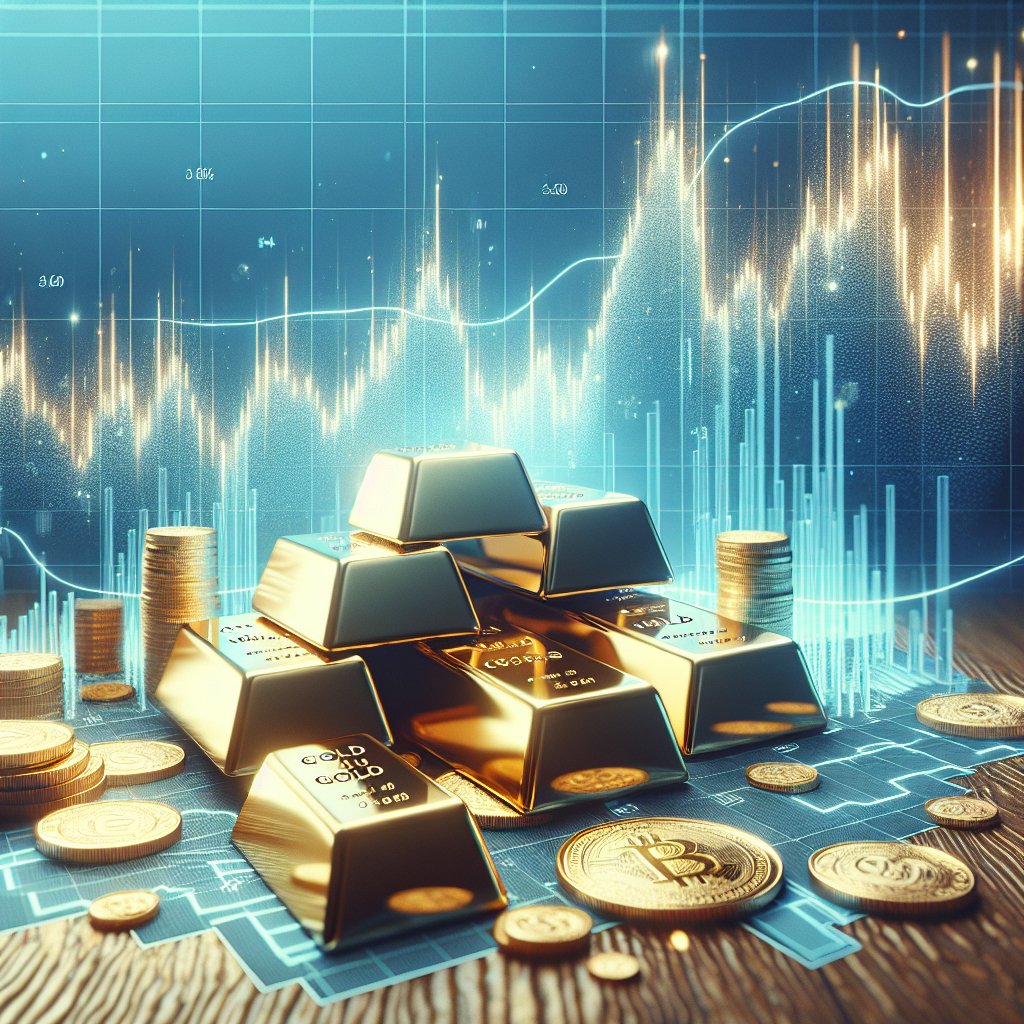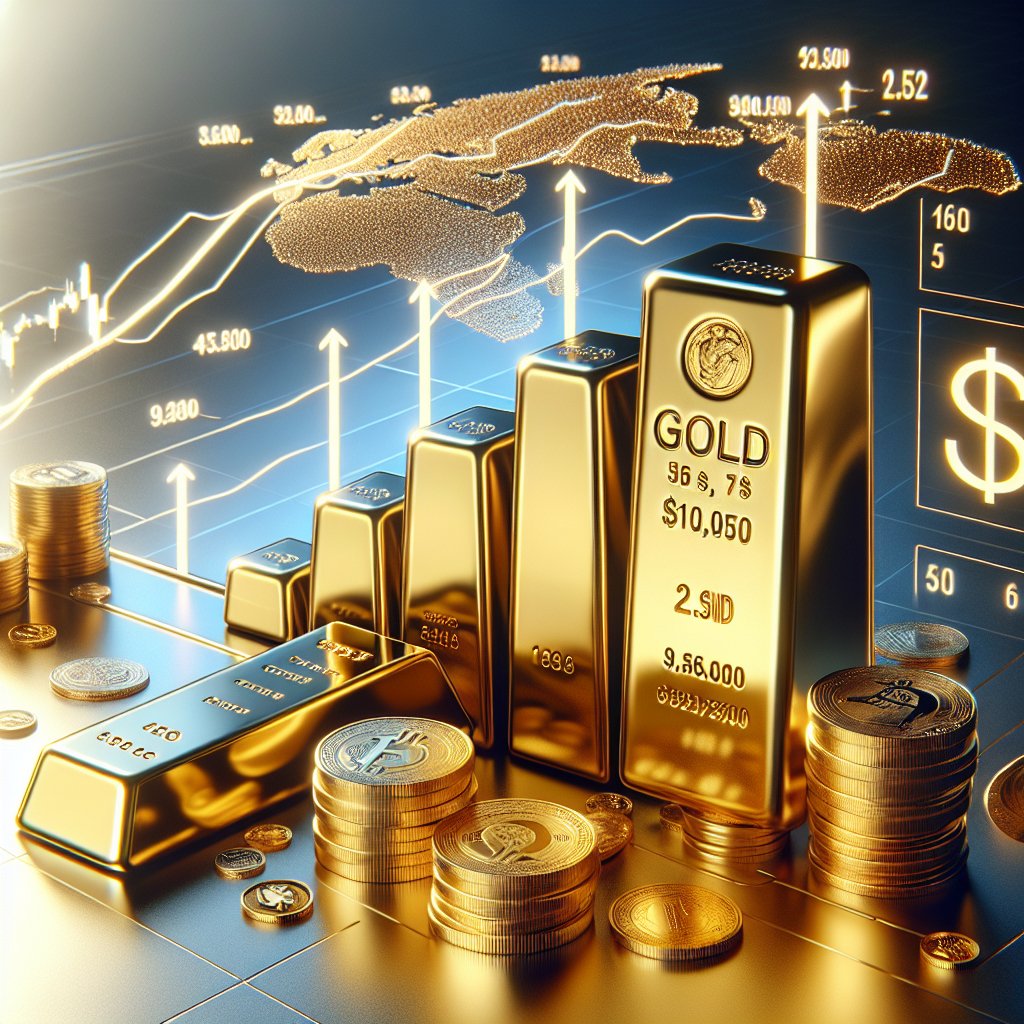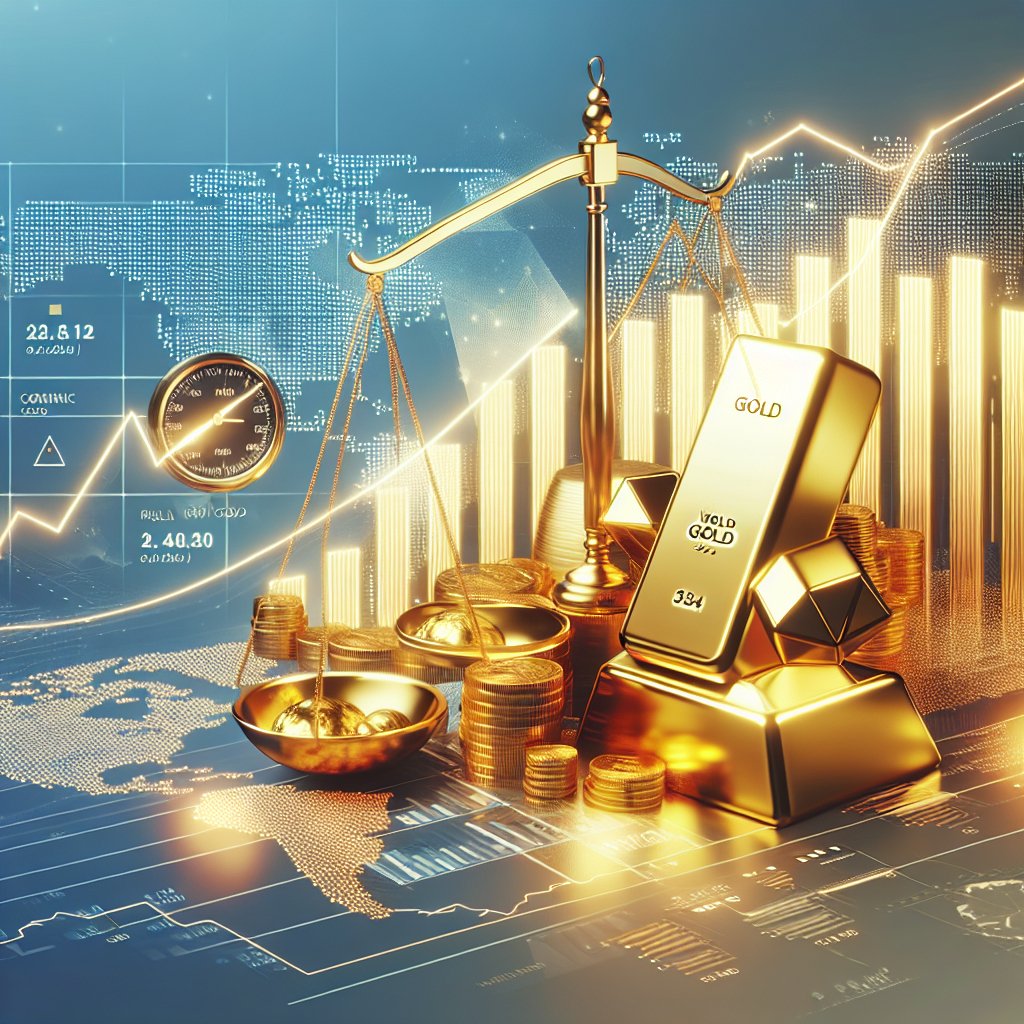Gold has long been considered the ultimate safe haven investment, a reliable store of value in times of economic uncertainty. Its allure as a protective asset has been tested through various financial crises, geopolitical tensions, and market fluctuations. But in today’s rapidly changing economic landscape, is gold still the ultimate safe haven investment? This article delves into the factors influencing the world gold price and examines whether gold retains its status as a secure investment choice.
The Historical Significance of Gold
Gold’s role as a symbol of wealth and power dates back thousands of years. From ancient civilizations to modern economies, gold has been revered for its intrinsic value and scarcity. Historically, gold has served as a medium of exchange, a unit of account, and a store of value. Its unique properties, such as durability, divisibility, and portability, have made it a preferred choice for monetary systems.
Throughout history, gold has been used to back currencies, providing a stable foundation for economic growth. The gold standard, which linked the value of a country’s currency to a specific amount of gold, was widely adopted in the 19th and early 20th centuries. This system ensured that paper money could be exchanged for a fixed quantity of gold, instilling confidence in the currency’s value.
However, the gold standard was eventually abandoned, and fiat currencies became the norm. Despite this shift, gold has maintained its allure as a safe haven asset. Investors often turn to gold during times of economic turmoil, seeking refuge from currency devaluation, inflation, and geopolitical instability.
Factors Influencing the World Gold Price
The price of gold is influenced by a myriad of factors, ranging from macroeconomic indicators to geopolitical events. Understanding these factors is crucial for investors seeking to navigate the complexities of the gold market.
Supply and Demand Dynamics
Like any commodity, the price of gold is subject to the forces of supply and demand. Gold supply is primarily driven by mining production, recycling, and central bank sales. On the demand side, gold is sought after for various purposes, including jewelry, investment, and industrial applications.
Jewelry demand accounts for a significant portion of global gold consumption, with countries like India and China being major consumers. Investment demand, on the other hand, is influenced by factors such as economic uncertainty, inflation expectations, and interest rates. Central banks also play a crucial role in the gold market, as they hold significant reserves and can influence prices through their buying and selling activities.
Economic Indicators
Several economic indicators can impact the world gold price. Inflation, for instance, erodes the purchasing power of fiat currencies, prompting investors to seek the stability of gold. During periods of high inflation, gold is often viewed as a hedge against currency devaluation.
Interest rates also play a pivotal role in determining gold prices. When interest rates are low, the opportunity cost of holding non-yielding assets like gold decreases, making it more attractive to investors. Conversely, rising interest rates can lead to a stronger currency and reduced demand for gold.
Additionally, currency fluctuations can influence gold prices. Since gold is typically priced in U.S. dollars, a weaker dollar makes gold more affordable for foreign investors, boosting demand and driving up prices.
Geopolitical Tensions
Geopolitical events and uncertainties can have a profound impact on the world gold price. During times of political instability, conflict, or economic sanctions, investors often flock to gold as a safe haven asset. The metal’s ability to retain value in the face of geopolitical turmoil makes it an attractive option for risk-averse investors.
For example, tensions in the Middle East, trade disputes between major economies, or unexpected political developments can lead to increased demand for gold, driving up its price. In such scenarios, gold serves as a hedge against potential market disruptions and currency volatility.
Gold’s Role in a Diversified Investment Portfolio
While gold has traditionally been viewed as a safe haven investment, its role in a diversified portfolio is multifaceted. Investors often allocate a portion of their portfolios to gold to mitigate risk and enhance returns.
Gold’s low correlation with other asset classes, such as stocks and bonds, makes it an effective diversification tool. During periods of market volatility, gold can provide stability and act as a counterbalance to declining equity markets. This characteristic is particularly valuable during economic downturns or financial crises when traditional assets may underperform.
Moreover, gold’s historical performance during inflationary periods has made it a popular choice for investors seeking to preserve wealth. As a tangible asset, gold is not subject to the same risks as paper assets, such as credit risk or default risk. This intrinsic value provides a sense of security for investors looking to safeguard their wealth.
The Future of Gold as a Safe Haven Investment
As the global economy continues to evolve, the future of gold as a safe haven investment remains a topic of debate. While gold has demonstrated resilience in the face of economic challenges, emerging trends and technological advancements may influence its role in the investment landscape.
One such trend is the rise of digital currencies and blockchain technology. Cryptocurrencies like Bitcoin have gained popularity as alternative stores of value, challenging gold’s status as the ultimate safe haven asset. Proponents of digital currencies argue that they offer similar benefits to gold, such as scarcity and decentralization, while providing additional advantages like ease of transfer and lower transaction costs.
However, gold’s long-standing history and established market presence give it a unique advantage over digital currencies. The metal’s physical properties and widespread acceptance make it a trusted asset in times of crisis. Additionally, regulatory uncertainties and market volatility associated with cryptocurrencies may limit their appeal as a safe haven investment.
Another factor to consider is the impact of environmental, social, and governance (ESG) considerations on gold mining and production. As investors increasingly prioritize sustainability, the gold industry faces pressure to adopt responsible mining practices and reduce its environmental footprint. Companies that demonstrate a commitment to ESG principles may attract more investors, potentially influencing gold prices and market dynamics.
Conclusion
In conclusion, gold’s status as the ultimate safe haven investment is shaped by a complex interplay of historical significance, market dynamics, and evolving economic trends. While gold has consistently served as a reliable store of value during times of uncertainty, its role in the modern investment landscape is subject to ongoing scrutiny.
Investors must carefully consider the factors influencing the world gold price, including supply and demand dynamics, economic indicators, and geopolitical tensions. Additionally, the rise of digital currencies and the growing emphasis on ESG considerations may impact gold’s future as a safe haven asset.
Ultimately, gold’s enduring appeal lies in its ability to provide stability and diversification in a diversified investment portfolio. As the global economy continues to navigate uncharted waters, gold’s role as a safe haven investment will likely remain a topic of interest and debate among investors worldwide.












